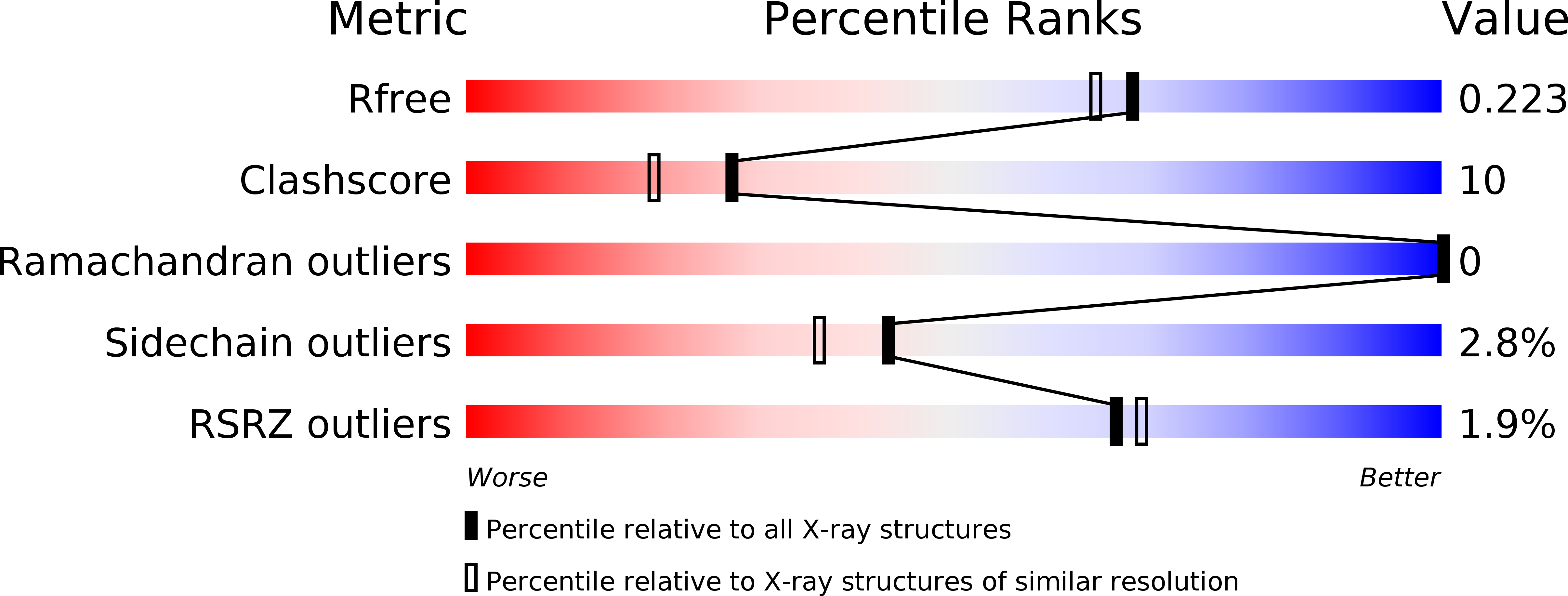
Deposition Date
2011-12-28
Release Date
2012-07-11
Last Version Date
2023-11-08
Entry Detail
PDB ID:
3V9X
Keywords:
Title:
Crystal structure of RNase T in complex with a preferred ssDNA (AAA) with two Mg in the active site
Biological Source:
Source Organism:
Escherichia coli (Taxon ID: 83333)
Host Organism:
Method Details:
Experimental Method:
Resolution:
1.90 Å
R-Value Free:
0.22
R-Value Work:
0.18
R-Value Observed:
0.18
Space Group:
P 32


